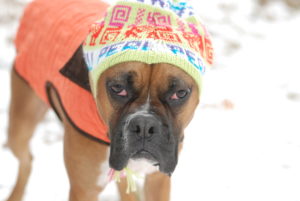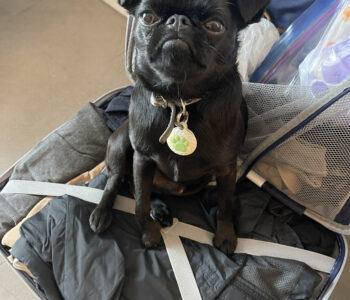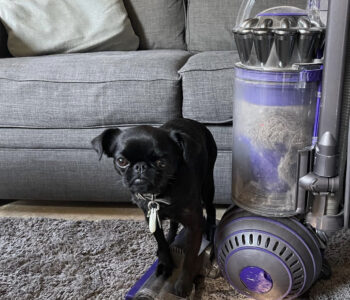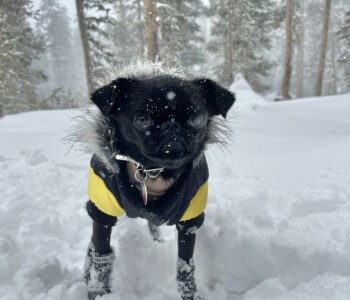Winter Safety Tips: How to keep your pet safe…
 1.Stay indoors
1.Stay indoors
Just like us, your pet can be susceptible to the cold. That means your pet should be indoors as much as possible, and if they need to go outside, make sure they stay warm. If you think it’s cold outside, there is a good chance your pet does too. Give your dog a doggie jacket or sweater, and boots to help keep them warm when they go outside for walks or playtime. Be careful about the amount of time they spend outside depending on how cold it gets. Leaving your pet in a car on a cold winter day for long periods of time can be dangerous. When in doubt leave your pet at home.
2.Wipe their paws
As every pet parent knows, your pet’s paws pick up all kinds of stuff. Unfortunately, that can include dangerous chemicals. During winter, it’s common to find salt, de-icing chemicals, and antifreeze on the ground. Be sure to wipe your pet’s paws immediately after they come inside to prevent them from licking any dangerous chemicals.
3.Use safe chemicals
Keep antifreeze, which contains ethylene glycol, out of reach of pets. Ethylene glycol has a sweet aroma and taste that can attract animals. Unfortunately, it can lead to kidney failure and can be fatal if ingested. Ideally use pet-friendly antifreeze. Pet-friendly anti-freeze is made from propylene glycol instead of ethylene glycol. This less toxic alternative is available online and at many automotive stores.
4.Check under the hood
Most people have heard of rodents getting caught in car engines, but did you know that cats occasionally get stuck under hoods too? This happens because outdoor cats hide under cars in order to stay warm on cold nights. Sometimes they will climb under the hood to seek shelter. Unfortunately, this is not a safe place for cats. When unsuspecting car owners turn on their ignition, the moving belts can injure, maim, or kill the cat. To help prevent cats and other animals in your neighborhood from getting under your hood, consider the following tips. Whenever possible, park your car in your garage. Honk your horn or tap on the hood before starting your car to scare away any cats. Likewise, slam your car door and make noise to give the cat a chance to get away. The goal is to make noise so any sleeping animals have a chance to scurry off.
5.Be prepared for emergencies with proper ID and disaster kits
A big winter storms can sometimes lead to a power outage. While we can’t predict emergencies, we can be prepared. The first thing you need to do is to make sure all of your pets have proper identification. Make sure your pet has a collar and ID tag with your phone number. Having a collar and ID tag improves the odds that your lost pet will be reunited with you. Unfortunately, collars and tags are not fool proof. Your pet should also have a microchip so that even if they lose their collar, the microchip will identify your pet. Finally, be sure to have a disaster kit for yourself and your pets. The disaster kit should be easily accessible and should include a supply of food, water, treats, toys and a first aid kit. For more information on making a disaster kit, read my blog on how to prepare for emergencies.
Follow these tips to help keep your pet safe and warm during this cold weather.









